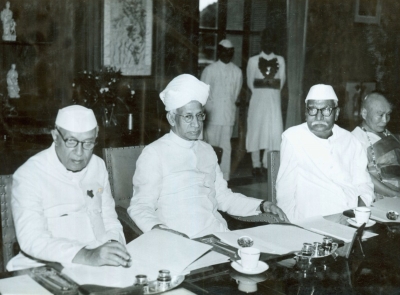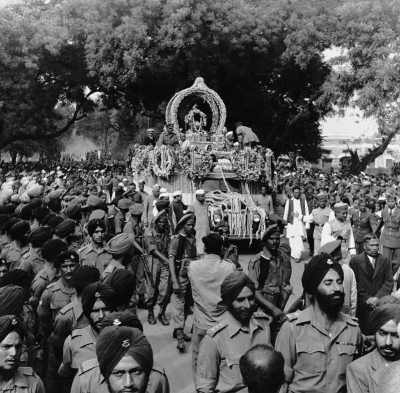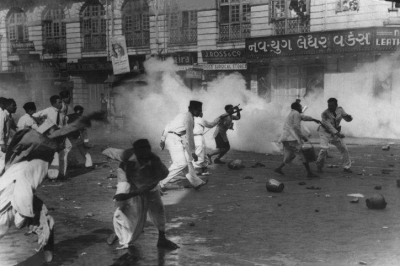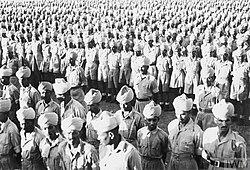Why is it said that Jawaharlal Nehru’s economic policies were greatly influenced by the Soviet Union?
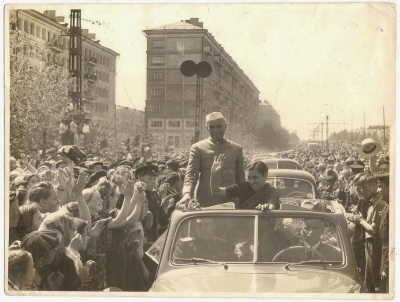
Nehru was inclined to admire the socialist model of the Soviet Union. He was impressed by their centralized and integrated economic programs called five-year plans and decided to implement the same in the Indian economy.
However, Nehru was not blind to what he perceived as shortcomings and realized that taken in its entirety; the Soviet model might not work in India. He therefore favoured a combination of Socialism and Capitalism or ‘middle way’ and implemented Democratic Socialism in India.
He wanted the state to be the primary entrepreneur and all its citizens to be equal shareholders. He strengthened the democratic policies of the nation immensely by creating proper wealth distribution systems at all levels.
He described this reasoning in one of his letters, “Could (the communist) new economic approach, shorn of violence and coercion and suppression of individual liberty, be helpful in solving our problems or the world’s problems?”
Picture Credit : Google

